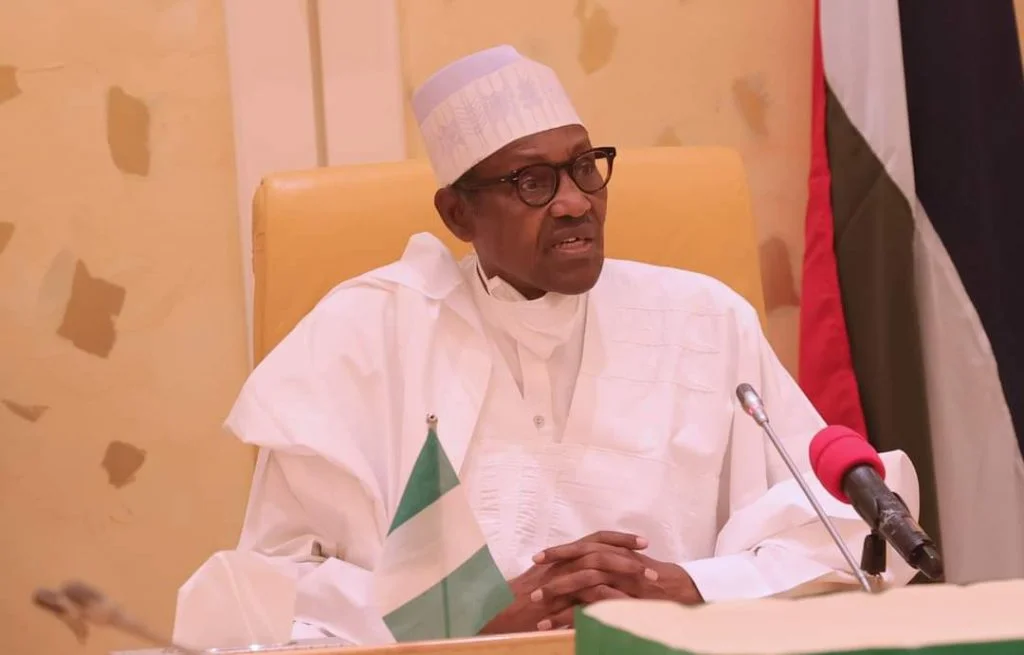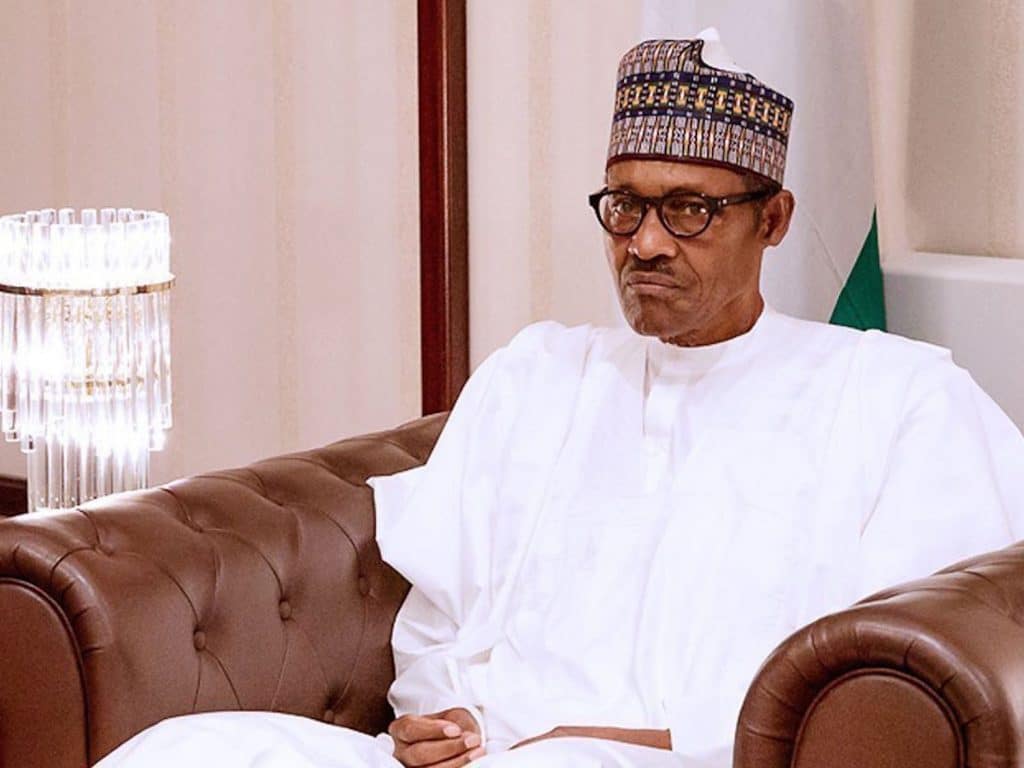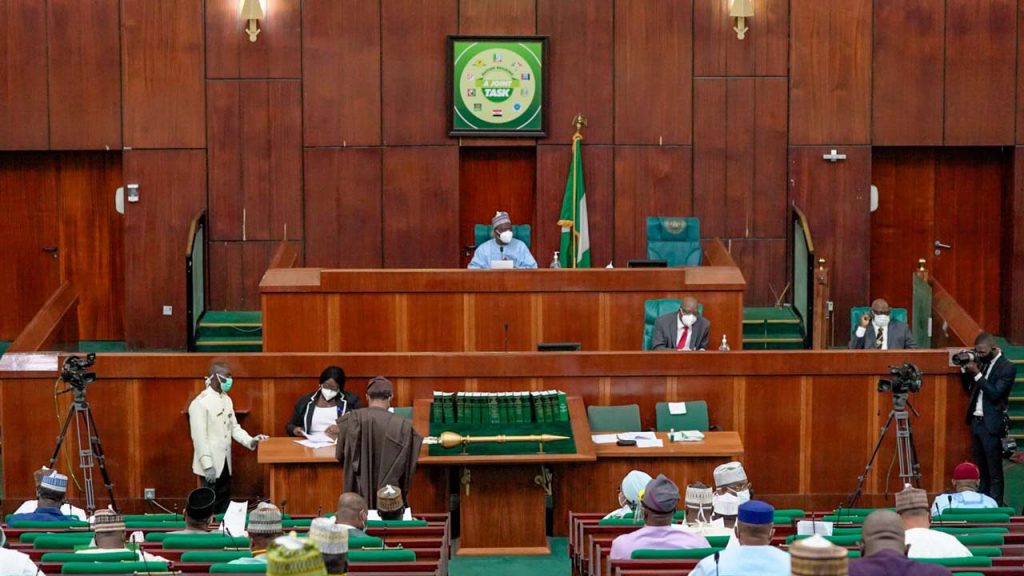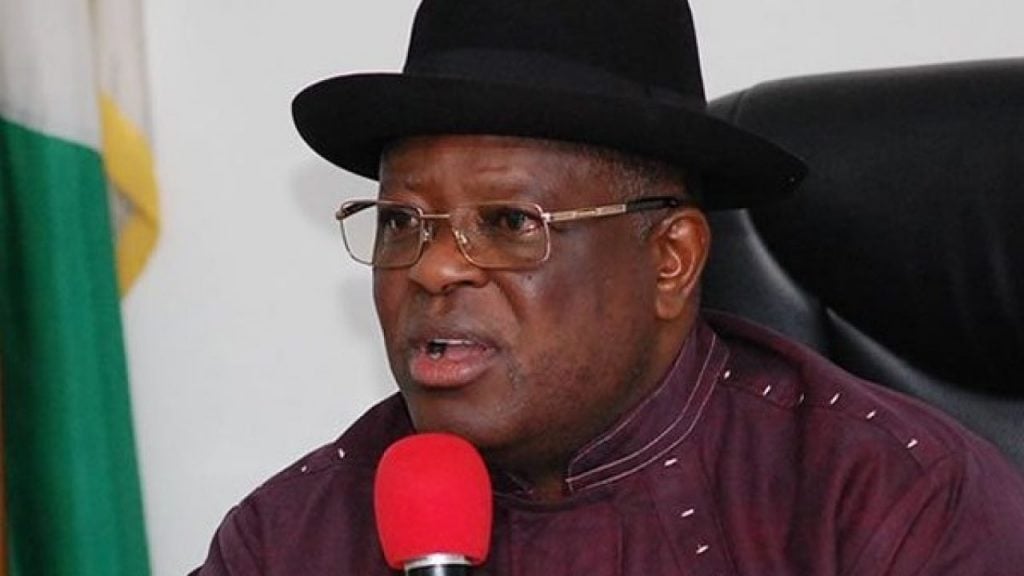Last week, opposition parties in the National Assembly gave President Muhammadu Buhari 6-8 weeks ultimatum to address the insecurity in the country or face impeachment.
Report has it that the idea of impeachment started in the Senate after the Senate President stopped a motion on insecurity.
The Senate Minority Leader, Philip Aduda led some lawmakers out of the red chamber in protest.
Soon after, the PDP members in the lower chamber joined the threat.
Inorder to impeach the President in Nigeria,it will take 132 days, which is 4 months and 12 days. That is if the lawmakers should start the process in September as they promised. They are due to resume on 20th of September, it could last till January.
According to the 1999 constitution, there are essentially two ways a President could be removed from office. Section 143 of the constitution gives the National Assembly the power to impeach the President on the ground of misconduct, while section 144 gives the Federal Executive Council the power to remove the president on the basis of medical incapacity.
This is not the first time President Buhari will be facing the threat of impeachment. During the controversy on the withdrawal of $1 billion from the Excess Crude Account, which part of it was used to purchase the Tucano jets, the lawmakers also dangled impeachment threat on him.
The lawmakers threatened impeachment, however, nothing came out of the threat.
For the National Assembly to sack the president:
Section 143(2) of the Constitution provides that to give notice of impeachment on the President, 1/3 of the members of the National Assembly must sign the notice.
In this case, since there are 360 members in the House and 109 Senators, one-third of the lawmakers is 157 members.
The impeachment notice is to be presented to the Senate President, who is the Chairman of the National Assembly. The notice must contain all particulars of the alleged misconduct.
Within 7 days of the notice, the Senate President must send copies of the impeachment to the President and all the members of the National Assembly. The President can reply to the impeachment or not.
Again, within 14 days of the presentation of the notice to the Senate President, the Senate must vote on the notice. The vote requires 2/3 of all the Senators, that is 73 senators, minus the Senate President, who cannot vote.
Same thing is required in the House, where 240 members, excluding the Speaker of the House, must vote to allow the investigation.
If the motion should scale the two chambers, it means that the National Assembly has given the go-ahead for the President to be investigated. However, if it fails to get the needed support, it dies.
After the approval, the Senate President will inform the Chief Justice of Nigeria to set up a panel of 7 persons “who in his opinion are of unquestionable integrity, not being a member of any public service, legislative house or political party, to investigate the allegation as provided in this section,” section 143(6) reads in part.
The panel will have 3 months to conduct the investigation. The President will have the right to appear or send a legal representative.
The panel will decide the merit of the allegations and if it deems that the allegations have been proven to be true, the panel will submit a report to the National Assembly.
The National Assembly must within 14 days of getting the report, subject the report to the voting of each chamber. Again, 73 Senators must back the report and 240 Reps must also back the report to remove the President.
Section 143(3) prevents the court from entertaining matters on the impeachment proceedings.
With reference to the trial of section 144 in 2010 in the course of the illness of former President Umar Yar’Adua, there was pressure on the federal cabinet to evoke section 144 of the Constitution.
It would be recalled that the cabinet was really divided along those loyal to the President and those who believed that he was brain dead.
When Yar’Adua was sick and away in Saudi Arabia, Justice Dan Abutu of Federal High Court in Abuja, ruled that the federal executive council should pass a resolution within 14 days on “capacity of President Yar’Adua’ to continue in the office”.
However, during FEC meeting on 27th January, 2010, FEC affirmed that the ailing president was fit to continue in office. The doctrine of necessity was brokered by then Senate President, David Mark and the National Assembly.





